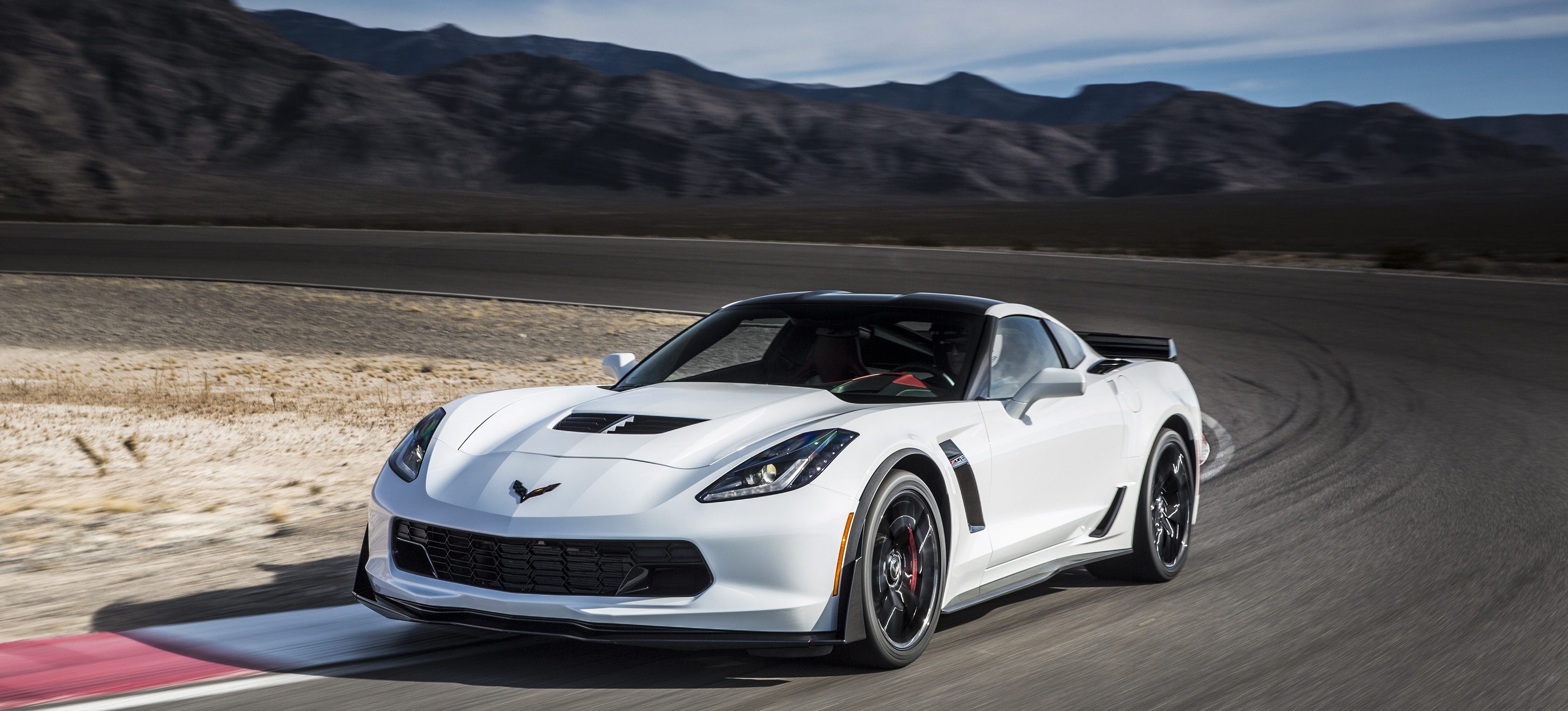Corvette Glossary Of Terms
C
Cadillac XLR
The XLR was a retractable hardtop convertible marketed by the Cadillac division of General Motors, assembled in Bowling Green, Kentucky. Intended to be Cadillac’s flagship sports car, the XLR was based on the Chevrolet Corvette’s Y platform. The XLR featured its own unique styling, interior, and suspension, and power-retractable aluminum hardtop, along with the Cadillac Northstar engine. The XLR ended production after the 2009 model year. Content courtesy of Wikipedia. Corvette Reference Pages: C6 Overview.
Cafaro, John
The Chief Designer of the Corvette C5, John Cafaro was responsible for leading the design initiatives for the Fifth Generation Corvette coupe and convertible as well as all production Corvette design from 1991 to the present. From 1992 to 1999, John worked on the C5-R Corvette race program, managing all bodywork design and graphic design packages for the Chevrolet Raceshop and GM Motorsports.
No Subscription? You’re missing out
Get immediate ad-free access to all our premium content.
Get Started



